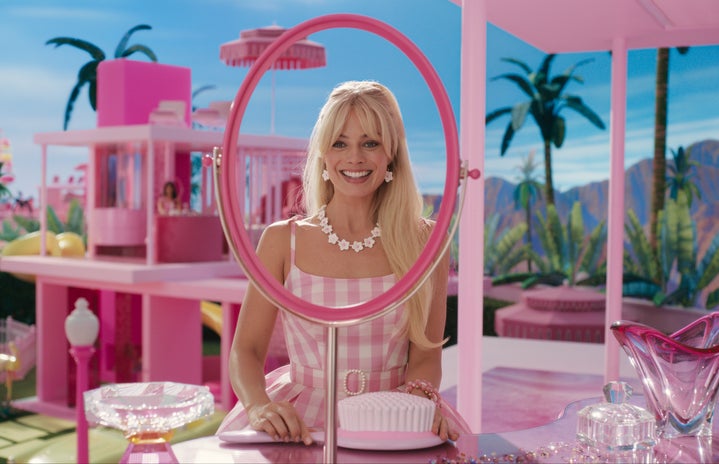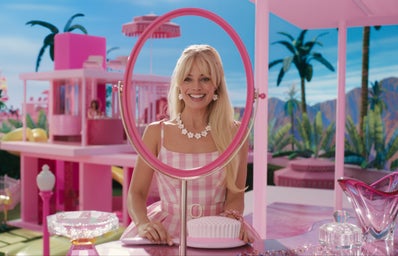Colors have a powerful meaning in society, so it’s no surprise when we find ourselves obsessed with one. We tend to associate different colors with gender, class, or even emotions. Pink has always been a central theme for artists or designers and has become a cultural phenomenon.
The color has been a crucial element for the film and entertainment industry for decades, giving it iconic characters such as Elle Woods, Sharpay Evans, or, more recently, Barbie. Greta Gerwig’s film embraces the color completely, using it for the set construction, the wardrobe, and more. When one thinks of Barbie, the first thing that comes to mind is pink.
The story of the color began when it was first fashionable during the 18th century among the French court and eventually became more accessible for the working class, losing its association with the wealthy. It used to be a neutral color worn by men and women, but by the 1920s, the media and some stores started suggesting the rule of pink for boys and blue for girls. The reason was that pink, considered a stronger color, was associated with red, which suited perfectly for boys, while blue was a more delicate and dainty color perfect for girls. However, in the wake of World War II, it drastically switched, and by the 1950s, pink became a feminine color worn only by girls and women.
Years later, the color would play a key role in political protests, spreading awareness of different issues such as the fight against breast cancer. It would feature contemporary designs not only in fashion but in the music industry as well. The color became influential to different artists and industries and now we even have a variety of characters and movements associated with the color.
When Barbie was released back in 1959, it did not have the unique color as a signature. It was not until years later in the 1970s that Mattel started featuring the color pink among the brand. The phenomenon developed to the point that now we have the term “Barbie Pink,” which is well-known worldwide.
So our associations with the color pink have changed and morphed over time, but it’s always been an obsession. What will pink come to represent after this era of Barbie, who knows?


